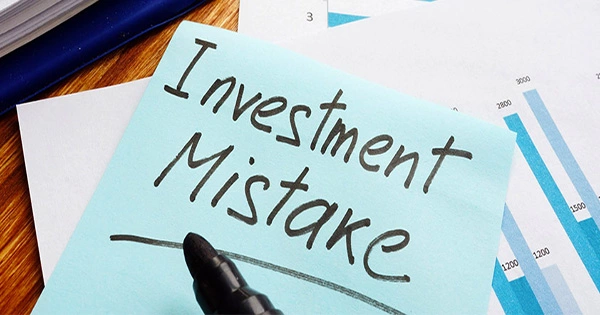Going “green” entails making decisions that are more ecologically sensitive and utilizing a variety of practical techniques to lessen the impact of your lifestyle on the environment. Sustainable living, which is another well-known concept, is defined as “living a lifestyle that strives to limit an individual’s or society’s use of the Earth’s natural resources and his/her own resources.”
You do not need to completely change your life today if you wish to “go Green.” If you try to do that, you’ll probably give up since it’s all so daunting. To start living more sustainably, just make a few minor adjustments to your routine.
For instance, recycling is a significant step toward going green and supporting reusable resources. It is possible to reuse materials such as plastic, paper, aluminum, and glass rather than having them end up in a landfill. Recycling is an example of “going green.”
When your cleaning supplies run out, attempt to replace them with “organic” or “chemical-free” alternatives as another way to go green. When you use goods that contain dangerous chemicals, those chemicals get flushed down the toilet and wind up back in our water supplies.
Look for a new car that is more fuel-efficient when you’re in the market. To go green, you don’t immediately need to sell your current vehicle. Always take baby steps. Reduce the amount of time your car idles at drive-through windows, carpool pickup lines, and while you’re waiting for someone for the time being. A car consumes roughly the same amount of fuel to travel about one mile for every two minutes it is at rest.
More ways to slowly go green:
- Replace your dead batteries with rechargeable ones when they run out of power. After using the electrical energy, the battery can be recharged and utilized again.
- Look for an electric lawn mower when your gas-powered one breaks.
- Bring your own canvas bags when you go food shopping rather than using the store’s plastic bags.
- Buy things at farmer’s markets. Buying from nearby farms keeps money in the neighborhood.
- When you can, take a bike ride instead of a car.
- While brushing your teeth, turn off the faucet, and while not in use, turn out the lights.
- To reduce the expense of heating and cooling, set your thermostat a few degrees lower in the winter and a few degrees higher in the summer.
- For instance, recycling is a significant step toward going green and supporting reusable resources.
- It is possible to reuse materials such as plastic, paper, aluminum, and glass rather than having them end up in a landfill. Recycling is an example of “going green.”
- When your cleaning supplies run out, attempt to replace them with “organic” or “chemical-free” alternatives as another way to go green.
- When you use goods that contain dangerous chemicals, those chemicals get flushed down the toilet and wind up back in our water supplies.
- Get a lot of what you want. It can be economical and less wasteful to buy food in quantity.
- Keep your computers, smartphones, and other devices for as long as you can, then give or responsibly recycle them when the time comes. Resources on how to accomplish that can be found in our previous Earth Day 2012 piece.
Some of the aforementioned advice may already be being used by you, in which case you are being “green” and assisting the environment. You are not required to use every suggestion on this list. Going green can simply involve taking one small step and building on it. Make a modest adjustment, then another, then a third, and so on.
















